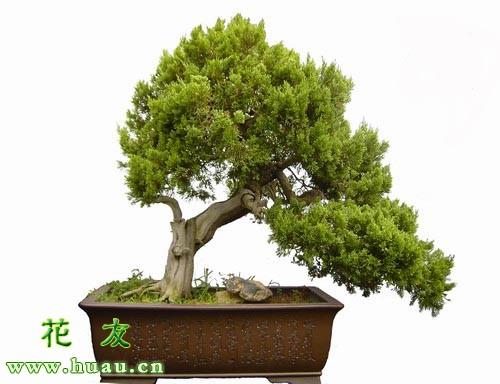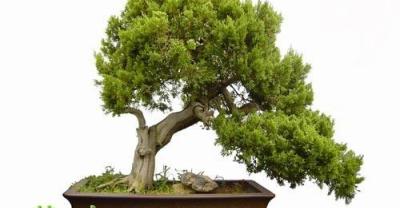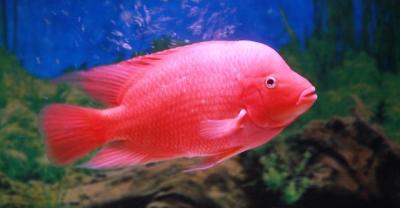Distribution, habits and cultivation methods of Australian fir
Alias: Sequoia heterophylla, Norfolk Sequoia, Sequoia tenuifolia.
Scientific name: Araucaria heterophylla
Families and genera: Taxodiaceae, Taxodiaceae
Origin and distribution:
Norfolk Island in Oceania and the islands in northeastern Australia are cultivated in Fujian, Guangdong and other provinces of China.

Morphological features:
Evergreen trees, generally potted as young trees, less than 2 meters high. Crown steeple-shaped, dark green, crown epidermis often split or strip-like shedding; the new epidermis has bronzed luster.
Stem erect, lateral branches whorled, horizontally extended. Branchlets distichous alternate, extending horizontally or slightly pendulous. There are two types of leaves: the leaves on young trees or lateral branches are subulate, curved upward, about 12 cm long, loosely arranged, light green; leaves on big trees or old branches are ovate or triangular-ovate, about 6 cm long, closely arranged. The cones are nearly round.
Growth habits:
Like warm, humid environment, grow well in sunny places, have a certain degree of shade tolerance, but to avoid summer strong light exposure. Cold-resistant Australian fir can purify the air, in the newly decorated room, it is good to absorb harmful gases such as formaldehyde. Australian fir, as its name implies, is native to Nike Island, Australia. Australian fir does not need sun and rain, and the lowest indoor temperature is generally not lower than-2 ℃. It's okay if there's a little sunshine in the room, but you can't bask in it continuously, especially not in the summer. There is no need to change soil frequently and fertilize frequently. It is usually applied once in May and August, and it is best planted in sandy land. The greatest advantage of raising Australian fir bonsai is that you can shape it and design what you want. This kind of bonsai tree gives people the vitality of the vicissitudes of life, green and verdant beauty.
Valuable indoor plants, can be placed in the living room, study, office, storefront and so on. This plant can release water vapor through photosynthesis and play a role in regulating air humidity. It is suitable for dry indoor maintenance in winter and is known as the "natural humidifier". Cold and dry, suitable for slightly acidic sandy loam with good drainage and rich humus.
Australian fir culture methods like warm, humid environment, grow well in sunny places, have a certain degree of shade tolerance, but to avoid strong light exposure in summer. It is not resistant to cold and drought and is suitable for slightly acidic sandy loam with good drainage and rich humus.
When Cunninghamia lanceolata is planted in pots, the matrix made from garden soil, rotten leaf soil and peat moss is better. Potted multi-purpose seedlings, and according to the size of the seedlings to choose appropriate flowerpots. Norfolk southern fir likes diffuse light and should be placed in a bright part of the shed. If it is kept in the dark for a long time, it should be moved to the sun every few weeks to make the thick green leaves maintain a beautiful color. The growing season is long, except when the summer temperature exceeds 32 ℃, it can grow all year round.
In the spring to autumn, should be more watering, but avoid stagnant water in the basin. When drying at high temperature, spray water on the basin plant and the ground near it to cool and humidify. Water it in time. Don't wait until the soil is dry before watering. Since the end of autumn, watering is gradually reduced to enhance its cold resistance. Fertilizer should be applied every 2 weeks in the growing season, and the compound fertilizer containing nitrogen and potassium is suitable. If the supply of fertilizer is insufficient, the branches and leaves are easy to turn yellow.
In the process of growth, in order to avoid tilting the trunk to one side, it is appropriate to turn the pot once a half month to let the plant receive light evenly. In addition, the trunk of young trees is fragile and easy to bend, so it is appropriate to set up pillars to fix the trunk from the time of young trees. In order to prevent the plant from growing too tall, the pot should be changed every 2-3 years after the spring is warm. At ordinary times, we should pay attention to protect the lateral branches so as not to be damaged and affect the plant shape.
Under normal circumstances, Australian fir does not need to be pruned to allow it to grow naturally. The suitable temperature for growth is 10 ℃ ~ 25 ℃, and the overwintering temperature is above 5 ℃. Overwintering season, can give a certain amount of light, basin soil can not be too dry, sunny weather should also spray water to increase humidity.
For more flower growing experience, succulent cultivation, bonsai appreciation, and communication with flower friends, please move to Huayu WeChat Community: http://m.huau.cn, or follow WeChat official account: huaucn.
- Prev

Ecological breeding techniques of Goat in South China
Ecological breeding technology of goats in southern China 1. Scientific and reasonable construction of sheepfold 1.1 Building-type sheepfold. The width of the general sheepfold is about 5.0 m and the height is 2.
- Next

Breed selection should be paid attention to in mutton sheep breeding
Raise sheep and do a good job in breed breeding. Fecundity is hereditary, and different varieties have different fecundity. Produce two babies a year or three in two years, but most breeds have one child.
Related
- On the eggshell is a badge full of pride. British Poultry Egg Market and Consumer observation
- British study: 72% of Britons are willing to buy native eggs raised by insects
- Guidelines for friendly egg production revised the increase of space in chicken sheds can not be forced to change feathers and lay eggs.
- Risk of delay in customs clearance Australia suspends lobster exports to China
- Pig semen-the Vector of virus Transmission (4)
- Pig semen-the Vector of virus Transmission (3)
- Five common causes of difficult control of classical swine fever in clinic and their countermeasures
- Foot-and-mouth disease is the most effective way to prevent it!
- PED is the number one killer of piglets and has to be guarded against in autumn and winter.
- What is "yellow fat pig"? Have you ever heard the pig collector talk about "yellow fat pig"?

